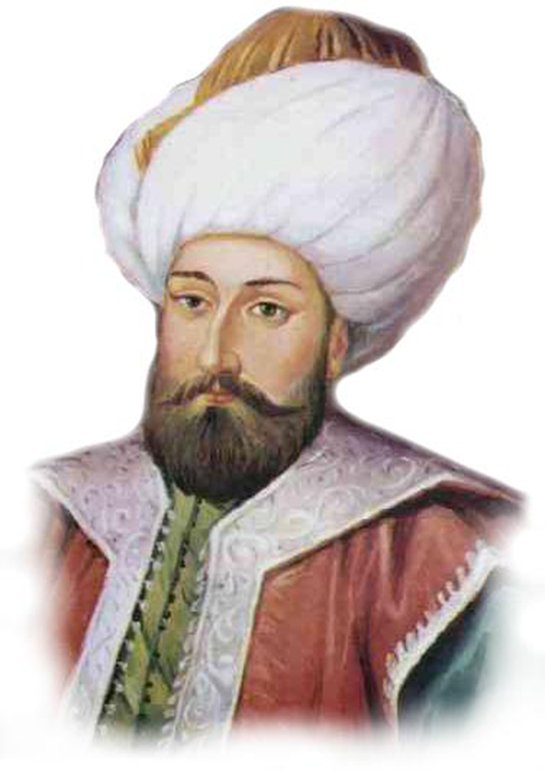Sultan Murad IV, a pivotal figure in Ottoman history, ruled from 1623 to 1640, leaving a profound impact on the empire. Known for his strength and resolve, Murad’s reign was marked by military conquests and strict reforms aimed at restoring the empire’s former glory. In this article, we delve into the life and death of Sultan Murad IV, exploring his rise to power, the challenges he faced, and the legacy he left behind. Discover how this remarkable sultan navigated the turbulent waters of his time and why his story remains relevant today.
Sultan Murat was one of the important sultans of the Ottoman Empire. Sultan Murat IV, who ascended to the throne in 1623, is known for his authoritarian approach to state administration and his military successes. He faced many difficulties throughout his life and tried to establish discipline in state administration with harsh measures such as the prohibition of alcohol. This article will discuss the life of Sultan Murat, his reign, his reforms and his death.
Early Life
Sultan Murat IV ascended to the throne on July 27, 1623. His father was Sultan Ahmed I and his mother was Kösem Sultan. Murat, who became the ruler at a young age, was only 11 years old when he ascended to the throne. This situation caused chaos in the administration and the administration of the state was carried out by his mother and viziers. Sultan Murat spent his first term between 1623-1632.
Period of Reign
Murat IV took power in 1632 at the age of 19 and began to take harsh measures to correct the state’s mismanagement. During this period, alcohol and tobacco bans were implemented and executions were carried out to punish undisciplined soldiers. Although this harsh style of government caused some reactions among the people, it helped to re-establish the state’s authority.
Murat IV also achieved significant success in the military field. In particular, the Baghdad Campaign (1638) and the fight against the Safavids brought him a great victory. After this campaign, Baghdad was annexed to the Ottoman lands and Sultan Murat was recognized as a powerful leader.
Reforms and Innovations
Sultan Murat IV implemented various reforms during his reign. Some of these reforms are:
- New regulations were made to ensure military discipline.
- New tax regulations have been introduced to strengthen the financial structure of the state.
- Support was given in the fields of art and literature, and important works were produced in his time.
These reforms contributed to the strengthening of the Ottoman Empire and ensured that the name of Murat IV gained an important place in history.
Death and Legacy
Sultan Murat IV died on February 8, 1640, at the age of 27. The exact cause of death is unknown, but it is thought that he died as a result of excessive alcohol consumption and illness. Sultan Murat IV then enthroned his brother Ibrahim.
His legacy is shaped by his authoritarian style of government and military successes. The reforms he implemented during his reign had an impact on the Ottoman Empire in its later years. Murat IV is remembered for his harsh style of government and military victories, and is remembered as one of the important figures in Ottoman history.
In conclusion, Sultan Murad IV, despite ascending to the throne at a young age, displayed strong leadership and played an important role in the uncertain period of the Ottoman Empire. Thanks to his harsh style of governance and military achievements, he stands out as a sultan whose name is etched in history.
Additional Information
The life of Sultan Murat IV was shaped not only by military successes but also by the difficulties in his personal life. The events he experienced and the decisions he made in a short time affected the course of Ottoman history. He is also notable for the cultural developments of his period and his support in the field of art.
Conclusion
The life and death of Sultan Murad IV reveal the complexities of leadership in the Ottoman Empire. His bold actions and relentless pursuit of power not only shaped his era but also laid the groundwork for future rulers. Murad’s legacy serves as a testament to the strength and resilience required to govern a vast empire. As we reflect on his journey, we are reminded of the timeless lessons in leadership and perseverance that still resonate in our world today. Sultan Murad IV remains a compelling figure whose story continues to inspire.
